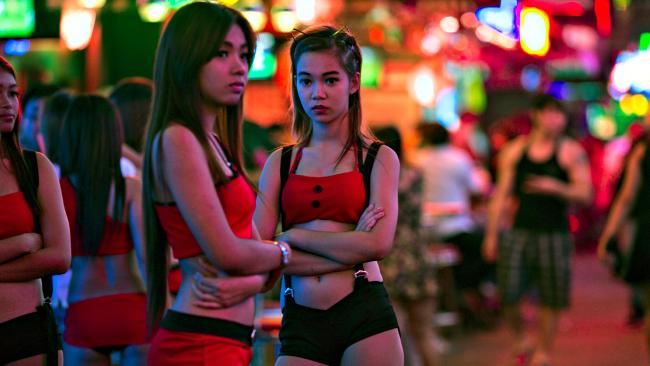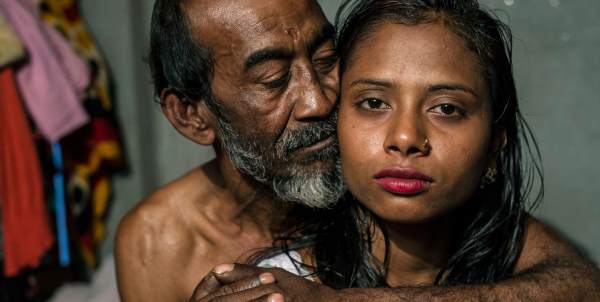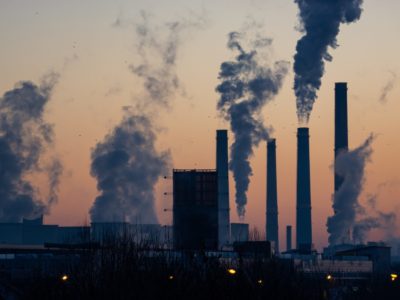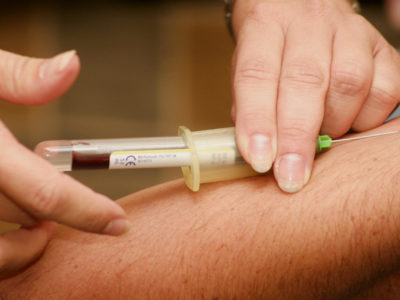Tourism in Southeast Asia has expanded and changed dramatically in recent years. Independent travel is booming, as are new forms of tourism including ecotourism, homestays, volunteer tourism that are allowing travelers to access previously isolated areas. The increasing ease and decreasing cost of travel are also contributing to the movement of significant numbers of tourists into new destinations. Countries within the region that have largely been off the tourism radar due to political instability and conflict are now beginning to open up. These developments potentially present grave threats, including the danger of sexual exploitation of children.
Social norms across the region serve to foster an environment of opportunity and permissibility with regard to this phenomenon. Further aggravating the problem has been the dramatic development in Internet and communication technologies that has expanded and diversified opportunities for sexual exploitation. Aggravating the latter is also and above all the extreme poverty of families, which more or less consciously encourage children to find a way to earn money.
Internet and public places are the most hit
The proliferation of the Internet and other related communication technologies have created a range of new modalities of solicitation and exploitation for child sex offenders. Online grooming and solicitation, the increasing ease of child pornography and the advent of cybersex or webcam underage sex tourism have rapidly changed the modus operandi of delinquents and have resulted in unprecedented numbers of vulnerable kids being exploited across the region, both directly and indirectly.
Both foreign and national criminals access children at bars, karaoke venues, massage parlours, brothels, and in special zones near national borders, major seaports, and international airports where similar entertainment venues have popped up. They’re reached by delinquents and intermediaries in public places such as beaches or marketplaces, or online. Another pathway to exploitation that appears to be on the rise is through jobs and volun-tourism in schools, shelters or orphanages.
Whilst traditional journeys for foreign child sex criminals such as Thailand and the Philippines continue to hit, countries such as Cambodia, Vietnam and Indonesia are also believed to be key travels for those seeking to sexually exploit kids. Countries such as Laos, Myanmar and Timor-Leste are becoming increasingly popular tourism destinations and is likely that the phenomenon has begun to take root on a smaller scale in these states.
Children of poor families are the most affected
All children are vulnerable to some extent. Boys and girls are also highly vulnerable to sexual exploitation, but sadly, their experiences aren’t given the attention they deserve.
Poverty is one of the strongest factors. Parents have been forced to sell their children to traffickers to make money believing that their child will be cared for, receive an education, or have a job. But children who migrate alone to find work and help their families usually don’t have any identity papers, the protection of parents, or any access to social services, making them prime targets for exploiters. Sometimes children and families become homeless because of events such as natural disasters or armed conflict. Sometimes, separated from their families or left orphaned, they fall prey to soldiers, members of armed groups, peacekeepers, or predators posing as humanitarian aid workers. Some children find themselves on the street because their parents have kicked them out, while others have run away because of child sexual abuse or neglect at home. Others are forced onto the streets to work – either begging or doing small jobs to support their families or themselves – or because their parents have died and don’t have a support system. They become targets for individual predators, traffickers, or intermediaries who promise them a meal, a bath, drugs, cash or gifts in exchange for sex. Without care or protection, they sometimes become attached to and dependent on these individuals who then involve them in sexual exploitation.
Different cultures could influence abuses and their causes
Some children are discriminated against for their race, ethnicity, sex, sexual orientation, migration status, disability, or even for being victims of sexual exploitation. Sometimes their own family or community may discriminate against them. This can lead to social exclusion, they can get rejected by the larger society, making them unable to access social services, such as education. Unless they have strong family ties, these children face a hostile world and are entirely unprotected.
Who is responsible?
Some are preferential offenders or pedophiles who have an illness that makes them prefer sex with children who’ve just reached puberty, or not quite yet. But most are situational delinquents. They may be married or single, young, or old. They can be rich, or just a little bit better off than their victims. Most are men, but some can be women, and a few may even be adolescents. They can come from the same country or region, different states or cities and are travelling for work. And regardless of who they are, all offenders have more opportunities than ever to exploit children due to corruption and the certainty that they won’t get caught. In Southeast Asia, capacity and willingness to document relevant and comparable data further compromise the nature and extent of information on criminals. Furthermore, even in cases the latter are gathered, certain States are reluctant to disclose such information due to political, cultural and social sensitivities.
There are no consequences for delinquents, but there are many for the victims. The latter often suffer beatings and rape, and some get infected with sexually transmitted diseases such as HIV. Girls may also become pregnant when they’re still children themselves. They also feel ashamed and guilty. Some even believe that they don’t deserve rescue, or don’t want to trust other people. They can become depressed and anxious, and some turn to drugs to deal with their bad feelings. Some don’t want to see themselves as victims believing that they’re somehow in control of their situation, or they see it as normal or the best option for their situation.
Efforts aren’t enough so far
The sexual exploitation of children represents a very insidious, troubling and enduring phenomenon that has plagued the area for several decades. Throughout Southeast Asia, enormous efforts have been made to combat the mistreatment over recent years.
At the national level, the commitment and capacity of governments to combat sexual exploitation have varied across the region. The development of national plans of action, the establishment of coordination and cooperation mechanisms and operations, the progression, revision and application of legal frameworks, the implementation of prevention programs, the provision of support services to victims and the engagement of children and young people have been undertaken to a greater or lesser extent. Furthermore, international contributions to counter-sexual exploitation actions in the region have come in the form of development of sex offender registration and notification systems, the building of cooperative relationships between regional, national and international law enforcement agencies and a range of other complementary initiatives. In spite of these efforts, the phenomenon of sexual exploitation of children continues, largely unabated.









